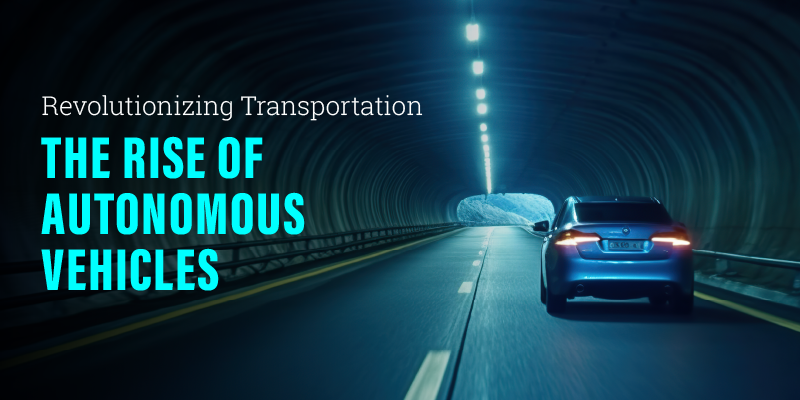The Rise of Autonomous Vehicles and What It Means for Us

1. The Genesis of Autonomous Vehicles
2. How Autonomous Vehicles Work
At the heart of autonomous driving technology are several key components:
Sensors and Cameras: These provide a 360-degree view of the vehicle’s surroundings, detecting obstacles, lane markings, and other critical data.
LIDAR: Light Detection and Ranging technology maps the environment in high detail, helping the vehicle understand its precise location and the proximity of objects.
Machine Learning Algorithms: These algorithms process data from sensors and cameras, making real-time decisions and navigating complex driving scenarios.
Connectivity: Autonomous vehicles often rely on Vehicle-to-Everything (V2X) communication, allowing them to interact with other vehicles, infrastructure, and cloud-based systems to enhance safety and efficiency.
3. Current State of Autonomous Vehicles
4. Benefits of Autonomous Vehicles
Safety: AVs have the potential to reduce accidents caused by human error, which accounts for over 90% of traffic collisions.
Efficiency: Autonomous vehicles can optimize driving patterns, reduce traffic congestion, and lower fuel consumption.
Accessibility: AVs can provide mobility solutions for individuals who are unable to drive due to age or disability.
5. Challenges and Considerations
Despite their promise, AVs face several challenges:
Regulation: Governments need to develop comprehensive regulations to ensure safety and address liability issues.
Ethical Dilemmas: Autonomous vehicles must make decisions in complex scenarios, raising ethical questions about prioritizing safety and the value of different lives.
Infrastructure: Existing road infrastructure may need upgrades to accommodate AVs, including improved signage and road markings.
6. The Future of Autonomous Vehicles
The rise of autonomous vehicles marks a pivotal moment in the evolution of transportation. While challenges remain, the progress made thus far is a testament to human ingenuity and the relentless pursuit of innovation. As we navigate this exciting frontier, the promise of safer, more efficient, and accessible mobility brings us one step closer to a future where autonomous vehicles are a familiar and integral part of our lives.
Recent Insights
- Why an LMS System is Essential for Modern Education and Corporate Training
- Revolutionizing the Hiring Process in the IT Industry: A New Approach to Talent Acquisition
- The Rise of Quantum Computing: A New Era in Technology
- Unlocking the Future of Finance: A Case Study on Open Banking
- Rising Demand for AI and Data Science Experts in 2024: Shaping the Future of Tech